
Warnings are forever being issued to parents about which household items and toys are choking hazards to small children. We carefully read the labels, listen to news reports, and do our best to be vigilant about what the little ones are sticking in their mouths.
This should also include food. Since their airways are still small, young children are at greater risk of swallowing bits of food that are too large, which can lead to choking. Whether you’re feeding them, or they’re eating by themselves, accidents can easily happen.
According to the American Academy of Pediatrics, food accounts for half of choking incidents in small children. To help prevent this, they’ve highlighted which foods pose the biggest risk to children under the age of 4:
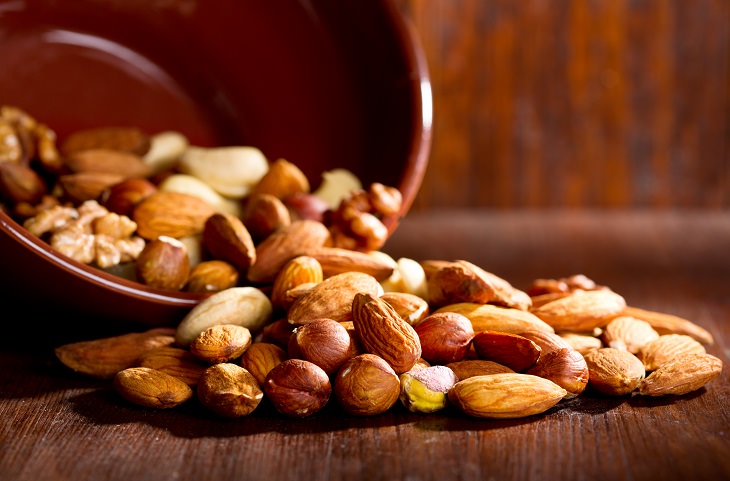
Nuts can easily get caught in a child’s airway due to their size. To add to this, tiny teeth might not be able to handle chewing whole nuts, so avoid giving them nuts altogether. Sometimes, the shells from the nuts can restrict airways too. Before giving your child nuts, you should wait until they’re well over the age of 4, can sit while eating, and have learned how to chew their food completely.
2. Candy
Besides leading to cavities, hard candy such as lollipops send thousands of kids to the ER every year. Even a small piece can get stuck in a child’s throat. Avoid giving hard candy and marshmallows to your child until they’re over the age of 5 and can chew thoroughly.
3. Grapes
Due to their size and slippery texture, grapes are a major choking hazard. Doctors suggest a no-grape policy for kids under 4 or cutting them into quarters before serving them to children. Similarly shaped foods like cherries should also be avoided at this age.
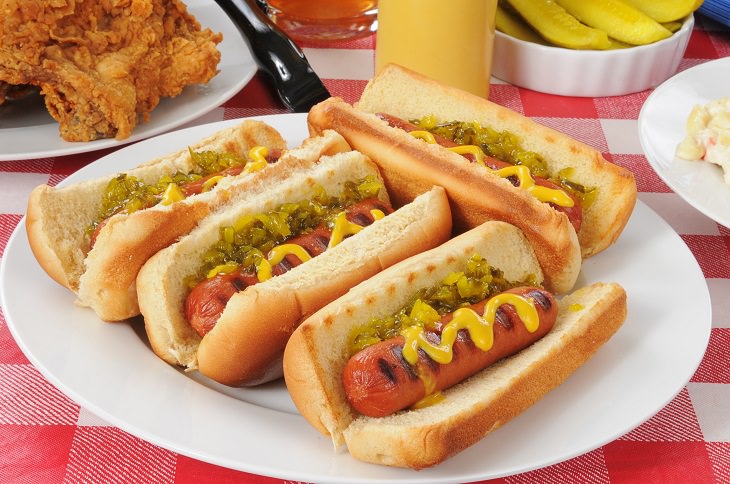
According to John Hopkins, one of the biggest threats to kids under the age of 3 is hot dogs - even if you cut them up. Choking on a small piece of hot dog can lead to hospitalization if you’re not careful. If you still want to give a small child hot dogs, make sure to cut them into thin strips.
5. Meat and Cheese Chunks
Like hot dogs, chunks of cheese and meat are difficult for growing toddlers to chew. Food should be diced so that it’s no larger than ½ inch, and your child should be supervised at all times while eating these foods.
6. Peanut Butter
Nut butters can get stuck to the roof of the mouth and the throat. For kids under 2, skip the globs of peanut butter and other nut butters. When serving to toddlers, spread a thin layer of it onto bread or crackers.
7. Gum
Chewing gum can cause dangerously sticky situations for small children. They’re prone to trying to swallow it or accidentally inhaling it while chewing. Don’t give gum to small children at all.
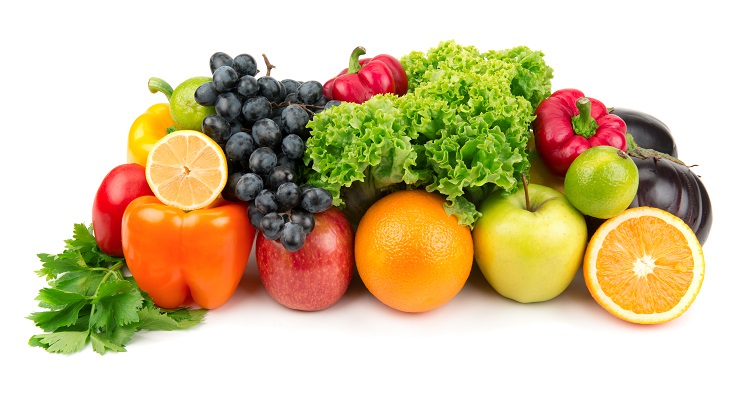
Vegetables should be cooked until soft, and cut into small pieces that are no larger than ½ inch in size. It’s suggested to avoid stringy veggies such as celery or string beans altogether. Chunks of raw vegetables or fruits, such as carrots or apples, should be avoided until the children have learned to chew.
9. Popcorn
Popcorn shouldn’t be given to children until they’re at least 4. Many toddlers and infants have to visit the ER each year due to kernels getting lodged in their airways.
Source: tiphero
Images: depositphotos

10 Simple Ways to Significantly Reduce Your Carb Intake
Are you looking to lose some weight? Here are ten ways that you can significantly reduce your carb intake!
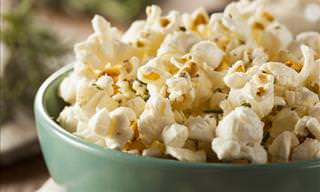
Feeling Down? These 10 Foods Can Help Improve Your Mood!
The food that we eat can help increase our moods and get rid of depression. Find out more here!

How to Keep Your Mind a Little Sharper at Any Age
Everyone has a tendency to be a little forgetful. Here are 7 exercises that will help keep your mind sharp at any age.
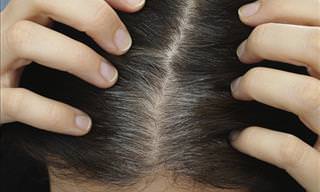
Going Gray? Add These 7 Foods to Your Shopping List!
Adds these foods to your weekly shopping list to prevent your hair from turning gray.
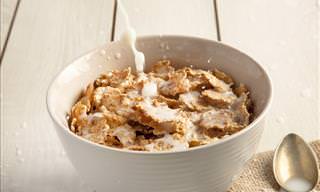
After Reading This, You'll Stop Eating Cereal for Good!
The majority of cereals are promoted as “health foods” by the giant food corporations, but they're lying. Here's the truth!

8 Things You Use Everyday That Can Damage Your Health
Many everyday products are ingrained with chemicals that are dangerous to our health. Here are eight of them!

What Do You Do When Your Partner Wants to Change You?
No matter how positive and connecting the words we say may be, the meaning of the endless arguments and mutual complaints is a lack of acceptance of the life partner as they are.

Family Guide: How to Avoid Power Struggles With Your Child
In this article, you will find 4 important tips that will help you better understand what your child is going through and how to encourage their cooperation instead of engaging in power struggles.

7 Signs a Child May Be Developing Mental Illness
We have compiled 7 signs that may indicate a mental disorder in children that should not be ignored.

19 Stories Proving Once Again Grandparents Are Awesome
The presence of loving grandparents in one's life is certainly one of life’s most precious gifts, and these heartwarming photos prove it!

8 Warning Signs in Teens a Parent Should Watch Out For
we've gathered 8 behaviors you should know to fully and correctly assess the state of your children.

These 10 Tips are Proven to Help Raise Successful Children
We all want to raise successful children, but there are many theories about how to do it. Here are the 10 tips from psychologists, researchers, and consultants.

15 Wonderful Quotes That Perfectly Describe Grandparents
These beautiful quotes and sayings remind us once again how wonderful a role grandparents play in our lives.
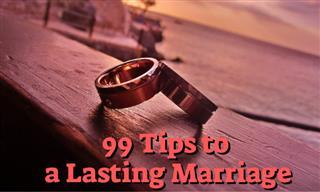
For a Divorce-Proof Marriage These Tips Are All You Need
Read these words of advice carefully, and write them on your heart!

5 Scientific Reasons Why Kids Need Cuddles Every Day
Scientists found that hugging plays a vital role in a child’s brain development, offers stress relief, and may even change a baby’s genes. Read on to learn more...

8 Tips for Creating Emotional Security in Relationships
Whether you feel emotionally secure in your relationship or not, it's important that you know the 8 ways that you can create it for you and your partner...
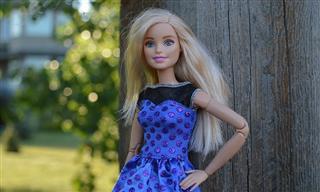
Prevent Children from Developing a Negative Body Image
In the following article, you will learn how to do this correctly and ensure a healthier and happier future for your children.

What to Teach Your Children About Love
Nine lessons every parent should teach their children about love.

40 Questions We Should Ask Every Child
The next time you have a few free minutes with your kids, ask them some of the following 40 questions and listen to their answers

10 Signs Ego is Taking Too Much Space in Your Relationship
It's important to understand how egoism can ruin relationships and what can be done to prevent this problem.

8 Psychological Tricks for Better Communication With Kids
We have compiled 8 such "tricks" that can be beneficial for your children, grandchildren, and even your nieces and nephews.

10 Worst Things to Say When Talking to Your Grandchildren
In this article, we will look at some of the things you should never say to your grandchildren.

Everyone Deserves Self-Care: 6 Easy Tips for Parents
A reminder for parents to take time for themselves. 6 small ways to practice self-care in a parent's busy everyday life.
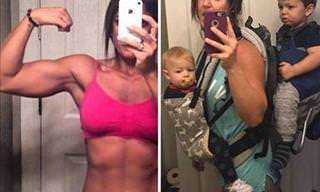
Hilarious: Before Being a Parent, and AFTER Being One...
Check out this hilarious photo-compilation of parents before and after children.

Psychologist Advice: How to Get Your Child to Be Honest
In this guide, we will explain how to approach topic of honesty with your children at every age.

9 Things Every Loving Mother Does for Her Children
The following 9 things clarify exactly how much mothers do for their children without them always being aware of it... ..

How to Raise Happy Children: 10 Scientific Steps!
The most important thing for kids' success is their happiness, and these 10 top tips for getting your kids and grandkids happy are backed by science!

My Beloved Daughter, I Want You to Heed My Advice!
10 things that every parent wants to let their beloved daughter know.

This Mother's Letter to Her Daughter Touched Me Deeply
There is nothing quite like a mother's love for her daughter, as this heartbreaking letter reveals. Prepare to be moved.
 2:14
2:14
As a Baby Grows, THIS is What It Will See...
It's no secret that babies see the world differently than the rest of us do, and this video will show you just what their visual development looks like.

How to Tell Your Children You Have Cancer
What's the right way to tell your children you have cancer, and are there situations where you shouldn't?
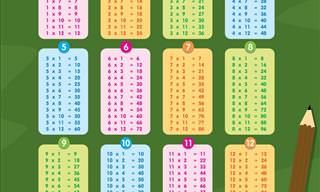
They Taught Us Our Multiplication Tables All Wrong!
Most multiplication tables are designed really badly, so hardly anyone can learn from them. Read on to see what a real times table looks like.

Worn-Out-Mother Syndrome: What You Need to Know
what exactly causes Worn-Out-Mother Syndrome, 8 signs , and what you should do to get back on track and deal with it successfully.

Marriage: 7 Fascinating Studies We Should All Read
7 different studies that shed some light on marriage, and perhaps offer insights and tips that will help you understand your own relationship better.
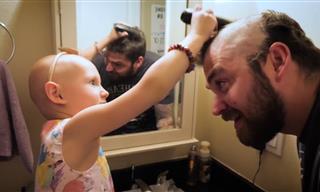 3:13
3:13
Dads Being Dads: A Celebration of Some Adorable Fathers
These heartwarming dad moments will brighten your day.

5 Vaccinations Every Grandparent Should Get
As a grandparent, you may wonder what vaccinations you need to take to make sure your grandkids are safe.

24 Coloring Pages for Kids Who Love Outer Space!
24 fun and free coloring pages for kids who love science and to color!

Calm a Loud Baby by Massaging These 7 Points on their Feet
From tummy pains to constipation and sinuses, applying pressure to these 7 points will help soothe your baby's ailments.

How to Handle Complaints in a Relationship
Discover a winning formula to turn complaints into something that strengthens your romantic connections.
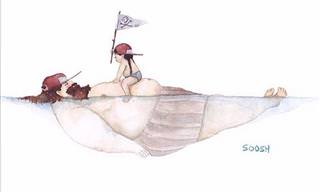
Witness the Love That Fathers Share With Their Daughters
These heartwarming paintings really illustrate the tight bond that fathers share with their daughters.

How to Reconnect with Children who Have Left the Nest
very parent must know the effective ways to connect with their older children, not only to provide them support but also be their friend.

12 Heartwarming Photos Depicting a Grandma's Love
There's no bond quite like that of grandmothers with their grandchildren. These photos by Sujata Setia capture this special energy.

How to Prepare Kids Starting at a New School
we've divided our tips into three parts: before, during, and after the transition, to help your children prepare and adapt to new environments more smoothly.

This Invisible Enemy Can Ruin Even the Best Relationships
How to identify and deal with the threat of resentment in a relationship.

How to Identify Rashes on Children's Skin
It is important to be familiar with the following 8 skin problems and to know if there is a need to see a doctor if they appear

7 Ways to Inspire Your Children to Do Chores
These tips will help you encourage your children to help out around the house and teach them the importance of teamwork.
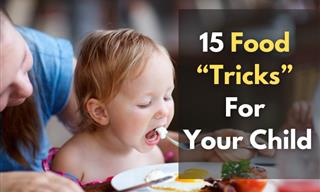
Parenting Life Hacks: 15 Tips to Get Your Kids to Eat
Take note of these useful tips by a noted food expert that will help parents make their children eat better.
To enable your Ad-Free Subscription, please fill the fields below
Your subscription was successful, now you can enjoy an ad-free experience!!
Note: To make sure you get no ads, please make sure to log in to your account. If you are logged in already, then refresh the page. The subscription can be cancelled at any time.


